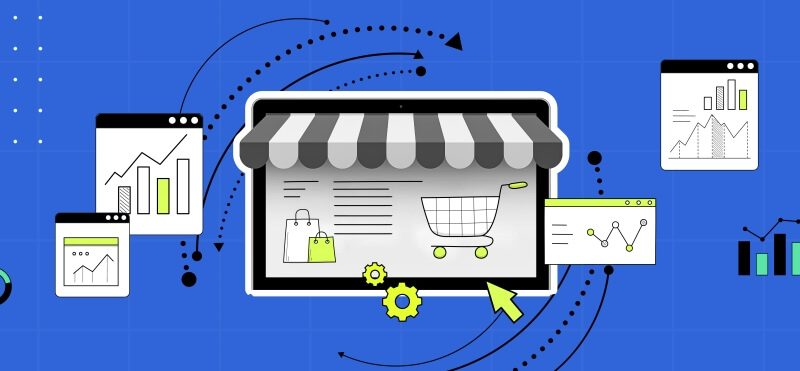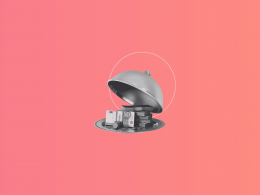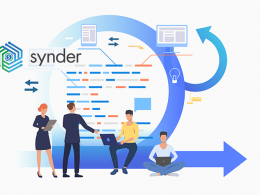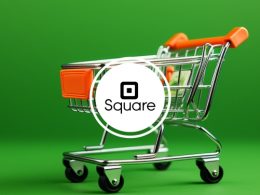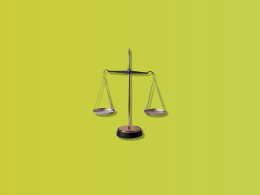Every product goes through a life cycle, just like every living organism. From the moment it hits the market to the day it is phased out, a product undergoes a series of stages that can make or break its success. As a marketer or a business owner, understanding the four stages of the product life cycle is essential to ensure that your product stays relevant and profitable.
In this article, we will explore each stage, starting from introduction to decline, and provide insights on how to navigate them successfully. Whether you’re launching a new product or trying to revive an old one, this guide will provide you with the knowledge and tools to make informed decisions and stay ahead of the competition. So, buckle up and let’s dive into the fascinating world of product life cycles!
Stage 1: Introduction
The introduction stage is the first phase in the product life cycle. It’s the period when the product is first launched, and it’s unknown to the market. During this stage, sales are typically low, and the company is primarily focused on building awareness and generating interest in the product. Marketing efforts are geared towards creating a buzz around the product and attracting early adopters who are willing to take a risk on something new.
One of the biggest challenges during the introduction stage is creating a unique selling proposition (USP) that sets the product apart from its competitors. The product must stand out in a crowded market, and it’s up to the marketer to communicate the product’s value proposition effectively. Pricing is also a key consideration during this stage. The price must be set at a level that reflects the product’s value while still being affordable for early adopters. Using product planning software could help you a lot with connecting product features and pricing with user preferences.
To successfully navigate the introduction stage, marketers need to focus on building brand awareness and generating interest in the product. This can be done through various marketing channels, including social media, email marketing, and influencer partnerships. The goal is to create a buzz around the product and generate as much interest as possible before moving on to the growth stage.
Learn how to choose the best pricing strategy.
Stage 2: Growth
The growth stage is the second phase in the product life cycle. During this stage, sales begin to increase as the product gains traction in the market. The focus shifts from building awareness to driving sales and expanding the customer base. This is the stage where the product starts to generate revenue and become profitable.
Characteristics of the growth stage include increasing demand, expanding distribution channels, and growing competition. As the product gains popularity, competitors will start to take notice and try to capture a share of the market. It’s essential to continue to differentiate the product and communicate its unique value proposition to stay ahead of the competition.
Marketing strategies for the growth stage include increasing advertising spend, expanding distribution channels, and targeting new customer segments. The focus should be on building customer loyalty and creating a strong brand identity. It’s also important to monitor the competition closely and adjust marketing strategies accordingly.
Stage 3: Maturity
The maturity stage is the third phase in the product life cycle. During this stage, sales growth starts to slow down as the product reaches its peak. The focus shifts from growth to maintaining market share and maximizing profits. The market becomes saturated with competitors, and it’s essential to differentiate the product and maintain customer loyalty.
Characteristics of the maturity stage include slowing sales growth, increasing competition, and pricing pressure. It’s important to continue to innovate and differentiate the product to stay relevant and avoid becoming a commodity. This can be done by introducing new features or product variations, repositioning the product, or targeting new customer segments.
Marketing strategies for the maturity stage include maintaining brand awareness, optimizing pricing strategies, and expanding distribution channels. The focus should be on maximizing profits and maintaining market share. It’s also important to monitor the competition closely and adjust marketing strategies accordingly.
Stage 4: Decline
The decline stage is the final phase in the product life cycle. During this stage, sales start to decline as the product becomes obsolete or irrelevant. The focus shifts from maintaining market share to phasing out the product and minimizing losses. It’s essential to manage the decline effectively to avoid damaging the brand and reputation.
Characteristics of the decline stage include decreasing sales, increasing competition, and decreasing profitability. It’s important to evaluate the product’s market value and determine whether it’s worth continuing to invest in. If the product is still generating revenue, it may be possible to extend its life cycle through repositioning or targeting new customer segments. However, if the product is no longer profitable, it’s time to phase it out and focus on new opportunities.
Marketing strategies for the decline stage include phasing out the product gradually, liquidating inventory, and minimizing losses. The focus should be on maintaining customer relationships and preserving the brand’s reputation. It’s also important to learn from the product’s life cycle and apply those lessons to future product development.
Managing the product life cycle effectively
Managing the product life cycle effectively is essential for business success. Each stage requires a different approach, and it’s important to understand the characteristics of each phase and adjust marketing strategies accordingly. Here are some tips for managing each stage effectively:
Introduction stage
- Focus on building brand awareness and generating interest in the product.
- Create a unique selling proposition that sets the product apart from its competitors.
- Price the product at a level that reflects its value while still being affordable for early adopters.
- Use various marketing channels to create a buzz around the product and generate interest.
Growth stage
- Increase advertising spending to drive sales and expand the customer base.
- Expand distribution channels to reach new markets and customer segments.
- Monitor the competition closely and adjust marketing strategies accordingly.
- Focus on building customer loyalty and creating a strong brand identity.
Maturity stage
- Maintain brand awareness and optimize pricing strategies to maximize profits.
- Introduce new features or product variations to differentiate the product.
- Reposition the product or target new customer segments to stay relevant.
- Monitor the competition closely and adjust marketing strategies accordingly.
Decline stage
- Evaluate the product’s market value and determine whether it’s worth continuing to invest in.
- If the product is still generating revenue, consider repositioning or targeting new customer segments
- If the product is no longer profitable, phase it out gradually and minimize losses
- Learn from the product’s life cycle and apply those lessons to future product development
Common mistakes to avoid
- Failing to differentiate the product and communicate its unique value proposition
- Setting the price too high or too low
- Focusing too much on short-term sales growth and neglecting long-term profitability
- Ignoring the competition and failing to adjust marketing strategies accordingly
Case studies of successful product life cycle management
Many companies have successfully managed their product life cycles and achieved long-term success. Here are some examples:
Apple
Apple is known for its innovative products and successful product life cycle management. Their products, such as the iPhone and iPad, have gone through several iterations, each with new features and improvements. Apple has managed to maintain customer loyalty and stay ahead of the competition by consistently introducing new innovations and features.
Coca-Cola
Coca-Cola is a classic example of a product that has stood the test of time. The company has managed to maintain its market share and brand identity by adapting to changing consumer tastes and preferences. Coca-Cola has introduced new product variations, such as Diet Coke and Coca-Cola Zero, to appeal to different customer segments.
Conclusion: The importance of understanding the product life cycle for business success
Understanding the product life cycle is essential for business success. Each stage requires a different approach, and it’s important to understand the characteristics of each phase and adjust marketing strategies accordingly.
By effectively managing the product life cycle, companies can maximize profits, maintain market share, and stay ahead of the competition. So, whether you’re launching a new product or trying to revive an old one, remember to consider the product life cycle and use it as a guide to navigate each stage successfully.

.png)
